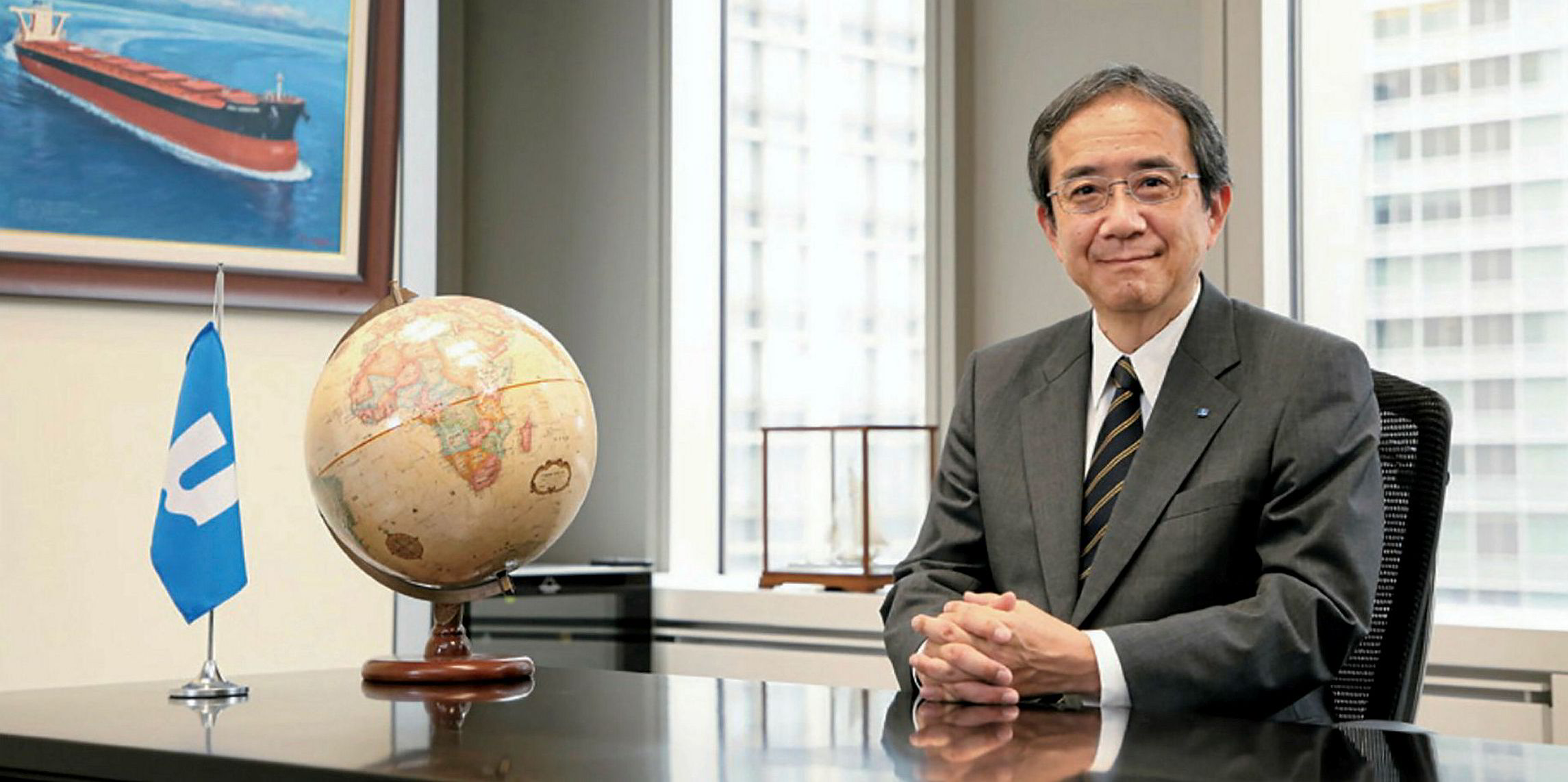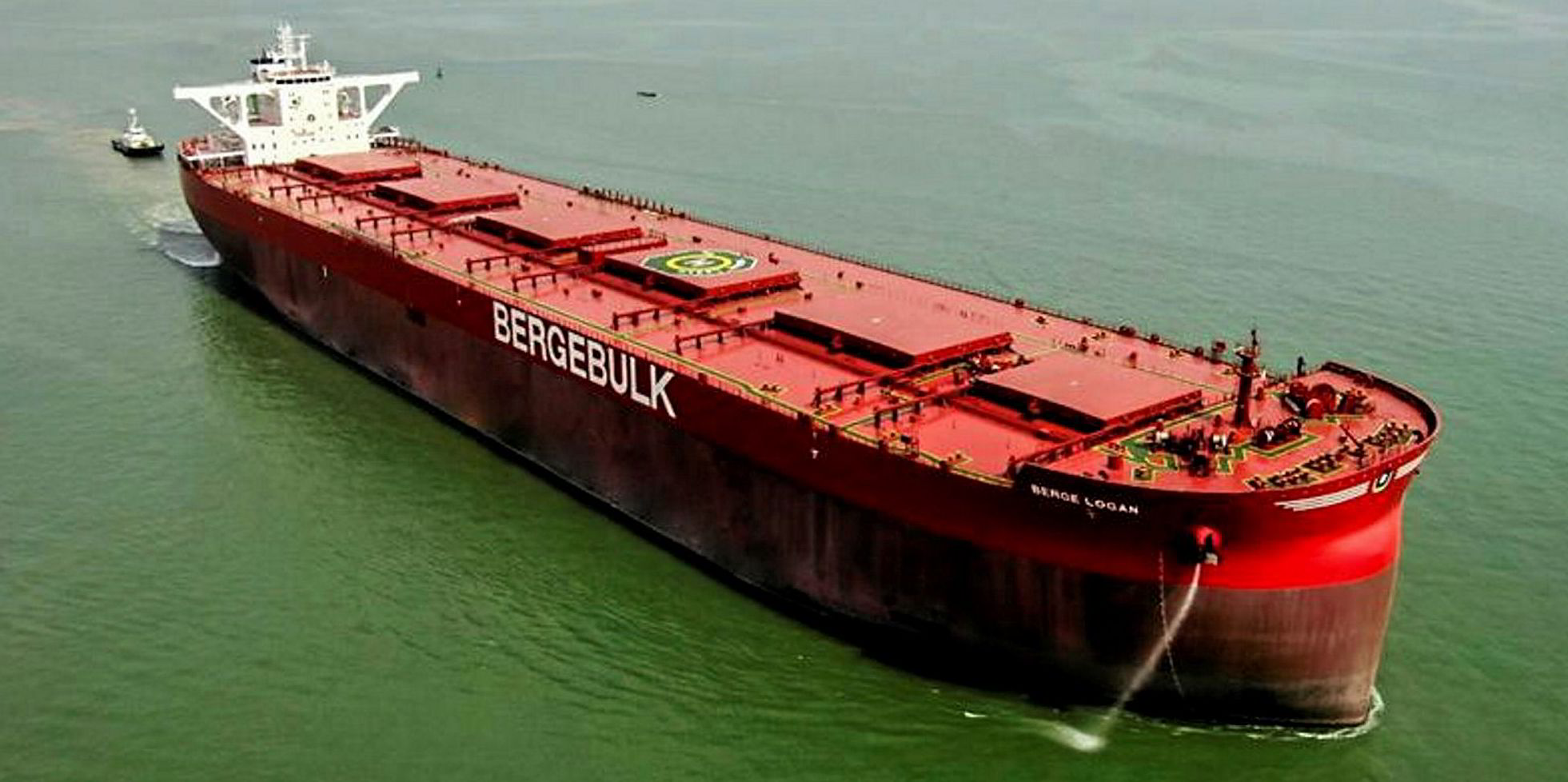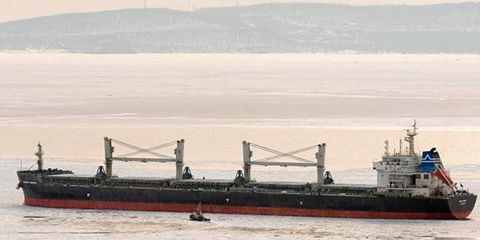Three more Japanese-controlled iron ore carriers are being touted for sale as the country’s owners seek to dispose of tonnage coming off charters to steel mills.
NS United is said to be listening to offers for the 230,000-dwt NSS Honesty (built 2007) and the 208,000-dwt Shin-ei (built 2008).
Both have come off charter to Nippon Steel Shipping, which operated them on the iron ore trade between Australia and Japan for its parent, Nippon Steel.
Brokers said the ships have attracted several bids but have yet to be committed for sale.
VesselsValue estimated the Shine-ei is worth $18.13m. Clarksons described the current market for capesize bulkers over 10 years old as “steady” at around $20m.
Kumiai Senpaku is understood to be sounding out the market on the potential sale of the 230,000-dwt Gaia Celeris (built 2006), which is on a 15-year charter to NYK that expires next year. NYK holds a purchase option on the ship.
One reason so many 10-year-old to 15-year-old Japanese ore carriers are being put up for sale is that the domestic charter market for vessels of this age has collapsed since the 203,100-dwt Wakashio (built 2007) grounded in Mauritius in July.
Although the Wakashio’s age had nothing to do with the accident, Japan’s steel mills have been tightening up their safety standards since the accident and are no longer considering vessels of this age in the charter market.
The steel mills are also reducing production in the face of lower demand caused by the coronavirus pandemic and no longer need to charter capesize bulkers that are more than 10 years old.
So far, around 10 capesizes have been sold by Japanese owners in the second half of this year, making the country the most active seller of such tonnage in 2020. K Line has sold three vessels to Berge Bulk in that period.
There has been similar activity from Japanese sellers in the panamax market. The 81,900-dwt Precious Sky (built 2015) is said to have been sold to Greece’s Primerose Shipping for $21.25m.
Brokers believe an improving outlook for the dry bulk market may push up asset prices in the sector and encourage more sales.
Sentiment was buoyed last week by a firming of rates. In the longer term, a low newbuilding orderbook for bulkers is encouraging the view that fleet growth will slow and the market could be set for a strong recovery.
According to Clarksons, the orderbook represents 8% of the capesize trading fleet and 6.4% of the panamax fleet. On average, the orderbook represents 6.5% of the total dry bulk fleet.






